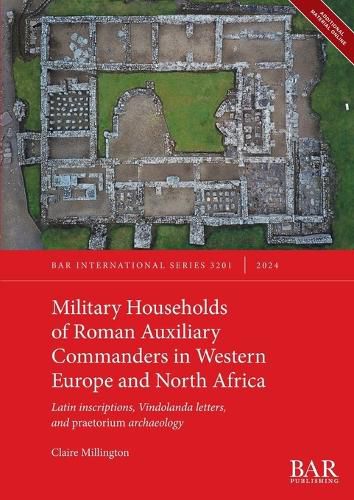Readings Newsletter
Become a Readings Member to make your shopping experience even easier.
Sign in or sign up for free!
You’re not far away from qualifying for FREE standard shipping within Australia
You’ve qualified for FREE standard shipping within Australia
The cart is loading…






This book systematically examines evidence for Roman auxiliary commanders' households on frontiers in western Europe and North Africa during the first three centuries CE. Although the existence of these households has long been known this is the first time they have been comprehensively studied. Until recently, the typicality of letter-writing evidence from the first century fort at Vindolanda near Hadrian's wall has been disputed, and therefore its applicability to frontiers more widely has been questioned. This book therefore surveys and critically evaluates three types of evidence for auxiliary commander households from across Europe and North Africa: praetorium archaeology; Latin inscriptions on stone; and the first century letters of the officers' households at Vindolanda. By bringing together perspectives from these three evidence-types the book gives insight into how these households, including women and children, were constituted and the likely roles of different household members living on the frontiers.
$9.00 standard shipping within Australia
FREE standard shipping within Australia for orders over $100.00
Express & International shipping calculated at checkout
This book systematically examines evidence for Roman auxiliary commanders' households on frontiers in western Europe and North Africa during the first three centuries CE. Although the existence of these households has long been known this is the first time they have been comprehensively studied. Until recently, the typicality of letter-writing evidence from the first century fort at Vindolanda near Hadrian's wall has been disputed, and therefore its applicability to frontiers more widely has been questioned. This book therefore surveys and critically evaluates three types of evidence for auxiliary commander households from across Europe and North Africa: praetorium archaeology; Latin inscriptions on stone; and the first century letters of the officers' households at Vindolanda. By bringing together perspectives from these three evidence-types the book gives insight into how these households, including women and children, were constituted and the likely roles of different household members living on the frontiers.